
David Herbert Lawrence was an English novelist, short story writer, poet and essayist. His modernist works reflect on modernity, social alienation and industrialization, while championing sexuality, vitality and instinct. Several of his novels, Sons and Lovers, The Rainbow, Women in Love, and Lady Chatterley's Lover, were the subject of censorship trials for their radical portrayals of sexuality and use of explicit language.
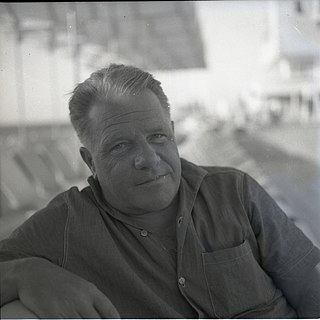
Lawrence George Durrell was an expatriate British novelist, poet, dramatist, and travel writer. He was the eldest brother of naturalist and writer Gerald Durrell.

Carrizozo is a town in Lincoln County, New Mexico, United States. It is the county seat, with a population of 996 at the 2010 census. Founded in 1899, the town provided the main railroad access for Lincoln County, and the town experienced significant population growth in the early decades of the 1900s. However, with declining relevance of the railroad, the population of the town has gradually declined. The town is located at the intersection of U.S. Routes 54 and 380.

Tejano music, also known as Tex-Mex music, is a popular music style fusing Mexican and US influences. Typically, Tejano combines Mexican Spanish vocal styles with dance rhythms from Czech and German genres – particularly polka or waltz. Tejano music is traditionally played by small groups featuring accordion and guitar or bajo sexto. Its evolution began in northern Mexico.

Jornada del Muerto was the name given by the Spanish conquistadors to the Jornada del Muerto desert basin, and the almost waterless 90-mile (140 km) trail across the Jornada beginning north of Las Cruces and ending south of Socorro, New Mexico. The name translates from Spanish as "Dead Man's Journey" or "Route of the Dead Man". The trail was part of the Camino Real de Tierra Adentro which led northward from central colonial New Spain, present-day Mexico, to the farthest reaches of the viceroyalty in northern Nuevo México Province.

The genre of travel literature or travelogue encompasses outdoor literature, guide books, nature writing, and travel memoirs.
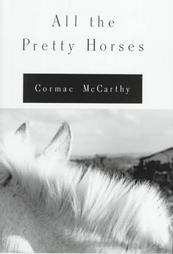
All the Pretty Horses is a novel by American author Cormac McCarthy published by Alfred A. Knopf in 1992. It was a bestseller, winning both the U.S. National Book Award and the National Book Critics Circle Award. It is the first of McCarthy's "Border Trilogy".

Beyond the Mexique Bay is a book of travel essays by Aldous Huxley, first published in 1934. In it, he describes his experiences traveling through the Caribbean to Guatemala and southern Mexico in 1933. The work is named for a line in Andrew Marvell's poem, "Bermudas."

The Plumed Serpent is a 1926 political novel by D. H. Lawrence; Lawrence conceived the idea for the novel while visiting Mexico in 1923, and its themes reflect his experiences there. The novel was first published by Martin Secker's firm in the United Kingdom and Alfred A. Knopf in the United States; an early draft was published as Quetzalcoatl by Black Swan Books in 1995. The novel's plot concerns Kate Leslie, an Irish tourist who visits Mexico after the Mexican Revolution. She encounters Don Cipriano, a Mexican general who supports a religious movement, the Men of Quetzalcoatl, founded by his friend Don Ramón Carrasco. Within this movement, Cipriano is identified with Huitzilopochtli and Ramón with Quetzalcoatl. Kate eventually agrees to marry Cipriano, while the Men of Quetzalcoatl, with the help of a new president, bring about an end to Christianity in Mexico, replacing it with pagan Quetzalcoatl worship.

Sketches of Etruscan Places and other Italian Essays, or Etruscan Places, is a collection of travel writings by D. H. Lawrence, first published posthumously in 1932. In this book Lawrence contrasted the life-affirming world of the Etruscans with the shabbiness of Benito Mussolini's Italy during the late 1920s.
Moonshine Music was an electronic music record label founded by Steve Levy and Ricardo Vinas, in Los Angeles in 1992, and later headquartered in West Hollywood, California. Moonshine released over 250 compilations albums, many of which were DJ mixed. Moonshine helped to launch the career of DJ Keoki produced by Grammy Winning producer Dave Audé. By publishing the work of British audiovisual artists Addictive TV, Moonshine became one of the first US dance labels to release a DVD.
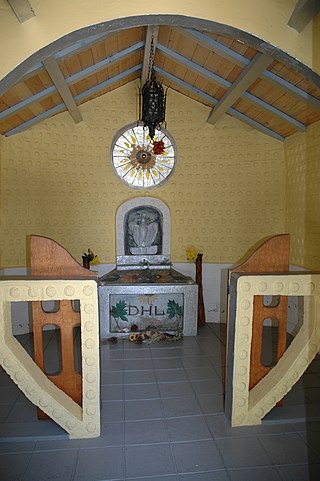
The D. H. Lawrence Ranch, as it is now known, was the New Mexico residence of the English novelist D. H. Lawrence for about two years during the 1920s and the only property Lawrence and his wife Frieda owned. The 160-acre (65 ha) property, originally named the Kiowa Ranch, is located about eighteen miles (29 km) northwest of Taos, New Mexico, near Lobo Mountain and San Cristobal in Taos County, at about 8,600 feet (2,600 m) above sea level. The gate of the ranch is 4.2 miles (6.8 km) by road from a historic marker and turnoff on state route NM 522.
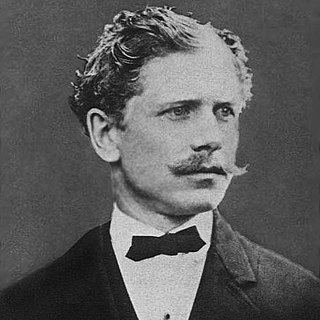
Ambrose Gwinnett Bierce was an American short story writer, journalist, poet, and American Civil War veteran. His book The Devil's Dictionary was named one of "The 100 Greatest Masterpieces of American Literature" by the American Revolution Bicentennial Administration. His story "An Occurrence at Owl Creek Bridge" has been described as "one of the most famous and frequently anthologized stories in American literature", and his book Tales of Soldiers and Civilians was named by the Grolier Club one of the 100 most influential American books printed before 1900.

Hon. Dorothy Eugénie Brett was an Anglo-American painter, remembered as much for her social life as for her art. Born into an aristocratic British family, she lived a sheltered early life. During her student years at the Slade School of Art, she associated with Dora Carrington, Barbara Hiles and the Bloomsbury group. Among the people she met was novelist D.H. Lawrence, and it was at his invitation that she moved to Taos, New Mexico in 1924. She remained there for the rest of her life, becoming an American citizen in 1938.

The Costa Region or Costa Chica lies on the Pacific coast of the state of Oaxaca, Mexico, south of the more mountainous Sierra Sur inland from the coast. It includes the districts of Jamiltepec, Juquila and Pochutla.

The Tomb of the Leopards is an Etruscan burial chamber so called for the confronted leopards painted above a banquet scene. The tomb is located within the Necropolis of Monterozzi, near Tarquinia, Lazio, Italy, and dates to around 470–450 BC. The painting is one of the best-preserved murals of Tarquinia, and is known for "its lively coloring, and its animated depictions rich with gestures," and is influenced by the Greek-Attic art of the first quarter of the fifth century BC.
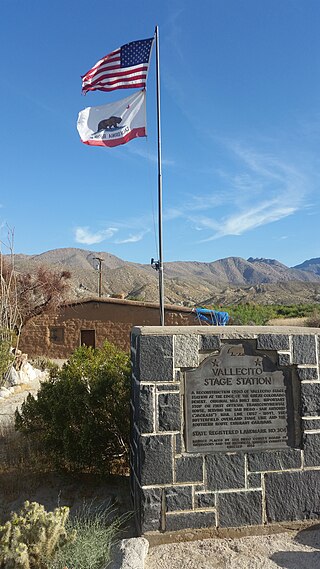
Vallecito, in San Diego County, California, is an oasis of cienegas and salt grass along Vallecito Creek and a former Kumeyaay settlement on the edge of the Colorado Desert in the Vallecito Valley. Its Spanish name is translated as "little valley". Vallecito was located at the apex of the gap in the Carrizo Badlands created by Carrizo Creek and its wash in its lower reach, to which Vallecito Creek is a tributary. The springs of Vallecito, like many in the vicinity, are a product of the faults that run along the base of the Peninsular Ranges to the west.
Christian Hageseth is an entrepreneur, author, marijuana rights advocate and business owner. He was born in Pensacola, Florida, and grew up in Fort Collins, Colorado. He graduated from Arizona State University in 1992 with a degree in Political Science. He is the founder of Green Man Cannabis, an award-winning marijuana cultivation and dispensary business in Denver, Colorado. He is also the founder of American Cannabis Partners (ACP), a cannabis business development firm, which is developing the Colorado Cannabis Ranch. Hageseth is the author of Big Weed: An Entrepreneur's High Stakes Adventures in the Budding Legal Marijuana Business, published in 2015 by Macmillan.

Topo-Chico is a brand of sparkling mineral water from Mexico. Topo-Chico is both naturally carbonated at the source and artificially carbonated.

Joe Trinidad Archuleta was a Pueblo-American painter and muralist from the Taos Pueblo. Some of his works are in the permanent collection of institutions including the Museum of New Mexico.

















